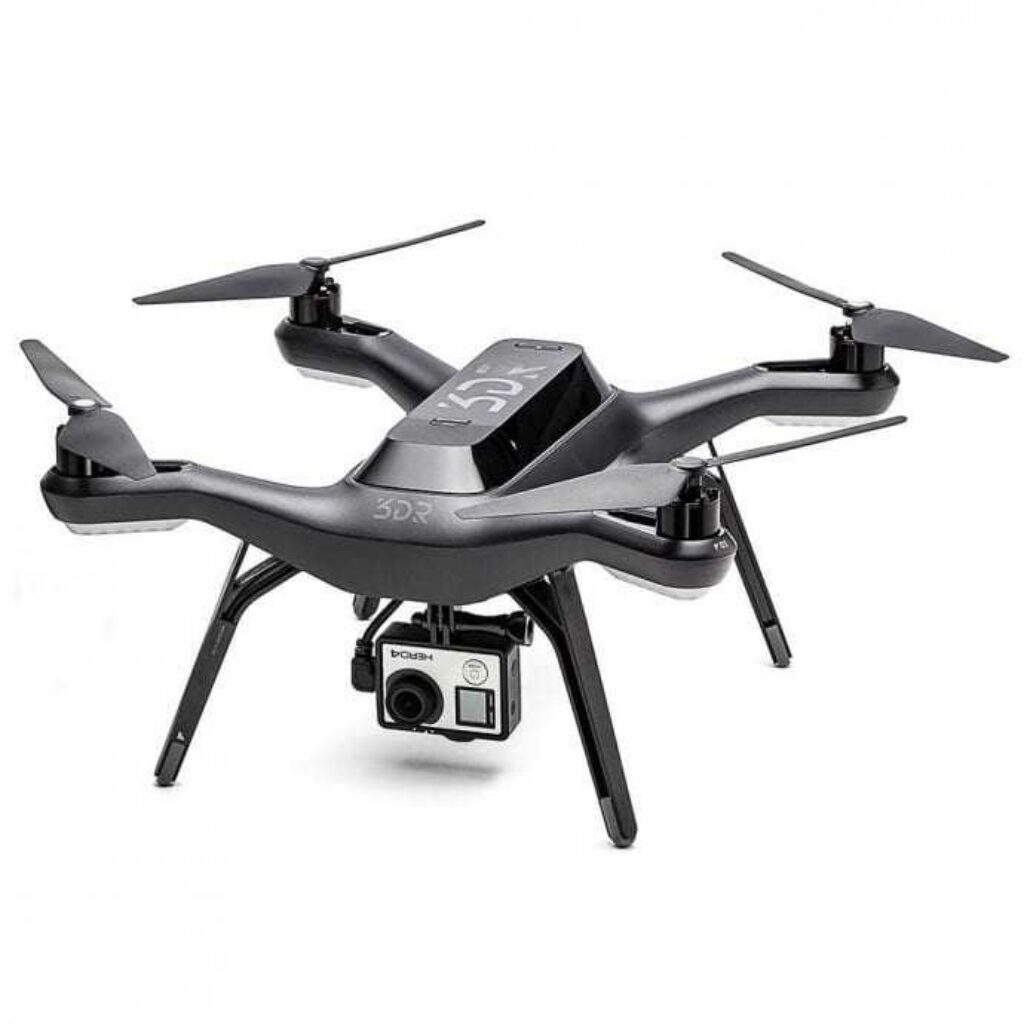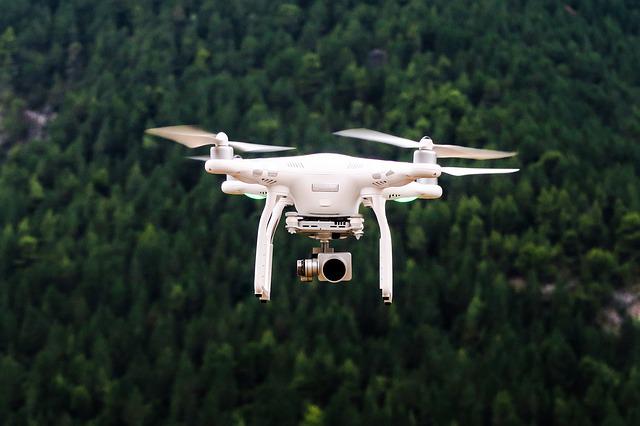
Drone strikes have a lot of implications for counterterrorism policy. But what are the limits to drones of this generation? What are the possibilities for future drones? We'll cover these issues in the following article. First, let us define the two primary targets drone strikes should aim at. What do these categories have to do with counterterrorism policy? Let's start with distinguishing disparate behavior. Antiterrorism professionals need to know the difference between flocked or grouped behavior among drone targets.
Defining disparate or flocked/grouped behavior types in drone targets
A variety of control strategies can be used to influence multiple drones' behavior. These techniques are often more effective than human operators and can be used in many cases. The principle behind these control decisions is to make non-myopic control choices that account for rewards beyond the UAV's event horizon.
Current-generation drones have limitations
Although drones have many benefits such as better time management and pinpointing of targets, there are also limitations. For example, the Royal Air Force drone in Afghanistan recently engaged trucks carrying explosives, killing four Afghan civilians and injuring two others. Additional risks were also involved in the mission of the drone. Crew and aircraft must carefully evaluate these consequences before deploying this type weaponsry.

Drones have evolved over time and the development armoured drones coincided perfectly with the terrorist attacks which reshaped the United States. The "war to terrorism" has extended traditional notions of war, the battlefield, and drones present new difficulties in navigating our legal system, especially when it comes to the spirit or the laws of War. This paper examines the impact of technology on wartime and our understandings of jus adjum and the principles governing warfare.
Impact of drones in counterterrorism policy
There is a huge potential for targeting punishment of terrorists using drones. Drones can not only give early warnings, but they can also provide intelligence regarding adversaries' behavior or intentions. Their detection rate may be higher. However, just because a drone is shot down does not mean that conflict escalates. In many cases, a targeted attack may lead to more casualties and a more aggressive adversary.
Drone attacks are often accompanied a greater sense of fear. These drone strikes may increase the fear of terrorism among citizens, and the trauma they cause fuels anti-American sentiment and helps recruitment of armed groups. Al Qaeda and the Islamic State of Iraq and Syria use the collateral damage from U.S. strikes as a way to increase their recruitment efforts. These unintended consequences are known as "blowback" and are a long-term consequence of today’s counterterrorism policy.

FAQ
What is it like to travel by drone?
Drones are becoming increasingly popular for both personal use and commercial purposes. Drones are used for filming, photography, aerial mapping, search and rescue, as well as other purposes. The FAA has recently approved several new drone regulations, which include requirements for registration, licensing, pilot training, and insurance. These changes will ensure that drones continue to be safe for all.
A drone can spy on you.
Yes, anyone can use a drone to spy on you. The only way to protect yourself from drones is to be aware of them and avoid areas where they may fly. If you notice a drone flying around, call 911 immediately.
Can I fly my drone indoors?
Yes, you can fly your drone indoors. Your home must be free of hazards and obstacles. You should not fly near windows, doors or heating vents.
Do I require special training to fly a drone
No, you don't need special training to fly your drone. A remote control unit is all you need. You also need to have some basic knowledge of flight mechanics.
Is it possible to buy a drone from overseas?
You can find many different types of drones online. Some prefer to purchase their drones via Amazon, eBay, and Walmart. Others prefer to purchase drones directly through the manufacturers.
Statistics
- According to ZipRecruiter, the minimum hourly wage of drone pilots is $20. (thedroneu.com)
- Research and Markets predict a growth rate of 51.1% over the next five years. (thedroneu.com)
- According to Indeed, a drone pilot gets paid $25.73 per hour on average in the US. (dronesgator.com)
External Links
How To
How to Fly Drones With Beginners
A drone is an unmanned aerial vehicle that can be remotely controlled and used for surveillance, aerial photography, film production, research, and other hobby purposes. The technology behind drones has been around since World War II. However, commercial use began in 2010 when DJI released their Phantom series of quadcopters. There have been many drones made since then. These range from beginner-friendly drones like Parrot AR Drone 2.0 to more advanced multi-rotor craft like DJI Mavic Pro.
There are many options for flying a drone.
-
Remote control - This method uses a control device attached to your hand, which enables you to steer the drone through its flight path. There are two main types of controllers: On/Off switches (like a radio) and joysticks.
-
Manual Control - This method uses a smartphone app to remotely control the drone using GPS coordinates. The app will give you instructions.
-
Autonomous Flight: This means that the drone will take care of all the piloting. It's basically flying autonomously without any human intervention. A drone must have a builtin camera and sensors capable to capture images and other data.
-
Triggered Flight – This method is very similar to manual flight. The pilot creates a route that the drone will follow until it reaches the destination. After the preprogrammed route is complete, the drone will automatically land and return to its base.
-
Landing Gear – Some drones are equipped with landing gear, which allows them to safely land if they lose power during flight.
-
Goggles-Some pilots use goggles to protect their eyes from debris during operations.
-
Camera - Some drones are equipped with cameras allowing you to capture photos and videos from above.
-
Obstacles-Some drones come with obstacle avoidance devices that keep them from hitting obstructions.
-
Speed - Drones can reach speeds up to 40 mph.
-
Battery Life - Most drones are capable of lasting between 20 minutes and three hours, depending on the power that you use.
-
Range - Some drones can travel upto 30 miles depending on their models.
-
Power source - Some drones need an external power source, while others use internal batteries.
-
Weight - Some drones weigh less than 1 pound, whereas other models weigh up to 4 pounds.
-
Size - Drones can range in size from tiny devices that can fit in your palm to heavy crafts that weigh 50 pounds.
-
Price - Drones come in a variety of price categories, including high-end models which can run into the thousands and low-cost options that can start at $100.